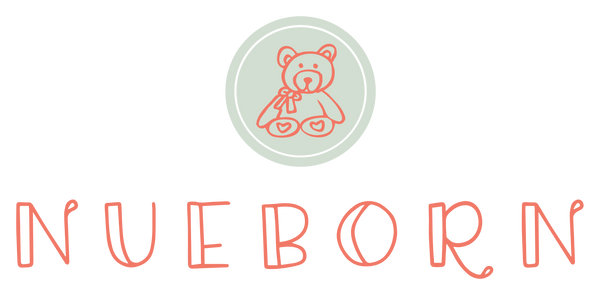
Tips on Introducing Formula to a Breast Fed Baby
Share
Formula-feeding an infant requires patience, understanding, and flexibility in order to be successfully introduced into his or her diet. Here are a few helpful strategies and tips on how to introduce formula into breast fed baby:
Gradual Transition
Begin by gradually adding formula alongside breastfeeding sessions, replacing one breastfeeding session each day with one formula feed session until gradually increasing its frequency over time.
Select an Appropriate Formula
Today, a wide range of formulas are available, including soy, soy-based, hypoallergenic, and organic alternatives in addition to cow's milk-based ones. Consult your pediatrician to find the best choice that satisfies your child's nutritional needs and any potential allergies or sensitivities.Provide Formula in
Familiar Settings
Help make the transition smoother by offering formula feeds in familiar settings - such as their usual feeding chair or room where breastfeeding usually takes place. This may help make for easier transitioning for both parties involved.
Utilising Breast Milk in Formula Prep
When possible, expressed breast milk should be used to prepare formula feeds initially - this helps introduce its taste gradually while offering comfort from maternal mothering.
Experiment With Bottle Types
Some breastfed babies may prefer certain bottles and nipples when formula feeding, so experiment with various bottle shapes, sizes, nipple flows and their associated feeding mechanisms until you find what makes your little one most comfortable.
Maintain Skin-to-Skin Contact
To maximise results and help ensure optimal outcomes for patients. Maintain skin-to-skin contact during formula feeding sessions in order to foster bonding with your infant and ease any anxieties surrounding their transition to solid foods. This will also promote bonding while assuaging transition worries.
Be Both Patient and Responsive
Baby may take time adjusting to the taste and texture of formula; be patient while responsive to his/her cues during feeding sessions.
Assure Comfort and Reassurance
Introduce formula gradually for both you and your infant to ease any anxiety or discomfort they might be feeling during this transition period. Provide lots of hugs, comfort, and assurance during this important milestone in development.
Monitor for Allergic Reactions
As soon as introducing formula to your child, pay careful attention to any signs of allergies or sensitivities such as rashes, hives, vomiting or diarrhoea. If any such reactions or sensitivities exist, consult with a paediatrician immediately for advice and direction.
Should You Experience Difficulties
Should you experience difficulties when transitioning your breastfed baby onto formula, don't be intimidated from reaching out for assistance from lactation consultants, paediatricians and/or support groups for guidance and reassurance during this transition process. They may offer invaluable insight and reassurance during this crucial stage in their lives.
Consider that every baby is unique, and transitioning them from breast or formula feeding will take time and patience. By approaching this process with understanding and compassion, you can ensure a successful journey for both parties involved.
